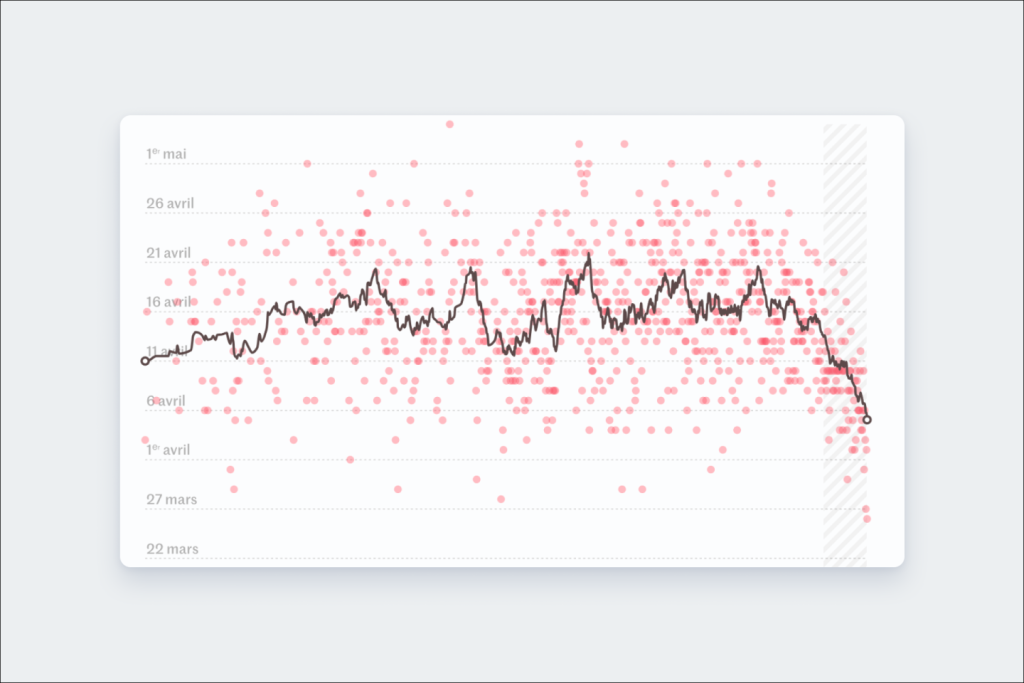Cherry blossoms are a national treasure in Japan, with the country being closely associated with these trees. With the warming climate, the average date of full sakura bloom has been advancing by 1.2 days per decade in Japan since the 1950s. The year 2023 was a “record” year for early blooming, with full bloom in Kyoto on March 26th. While the exact date for the current year’s peak bloom is not yet known, it is expected to be even earlier than before, with predictions pointing to March 24th for this year.
A graph depicting the evolution of cherry blossoms’ full bloom in Kyoto from 812 to 2023 shows a clear trend towards earlier blooming, as well as the 20-year average for full bloom. This visual representation helps to illustrate the impact of climate change on the sakura trees in Japan and highlights the shift towards earlier flowering over the years. The data presented in the graph provides a clear picture of how the average bloom date has been moving earlier over time.
The series “En graphiques” by Les Décodeurs sheds light on current events through visual representation. By presenting complex data in a visual format, this series aims to make information more accessible and understandable for a wider audience. The visual representation of data, such as the graph showing cherry blossoms’ bloom dates, offers a clear and concise way to convey information and trends to readers.
The significance of cherry blossoms in Japanese culture cannot be understated, making them a symbol of the beauty and fleeting nature of life. The annual tradition of hanami, or flower viewing, is a cherished practice in Japan where people gather under blooming cherry trees to appreciate their beauty. The impact of climate change on the blooming of cherry blossoms serves as a reminder of the importance of environmental awareness and conservation efforts to preserve these cultural treasures for future generations.
As the climate continues to change and temperatures rise, the early blooming of cherry blossoms in Japan is likely to become a more common occurrence. Understanding the factors contributing to this shift, such as global warming and changing weather patterns, is crucial in order to mitigate the effects on these iconic trees. By studying the trends in cherry blossom blooming dates and raising awareness about the impact of climate change, efforts can be made to protect and preserve these cultural and natural heritage sites in Japan.


